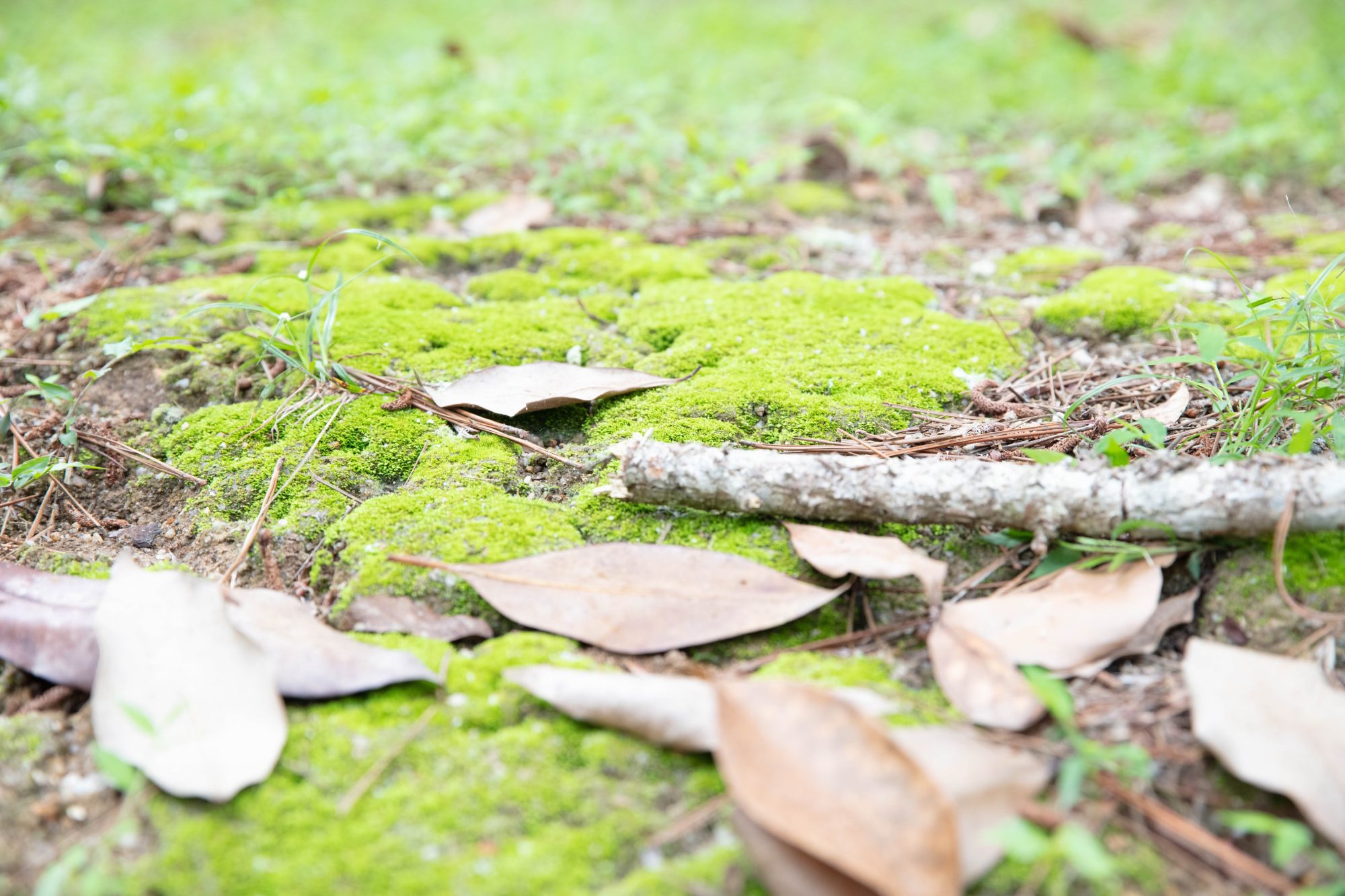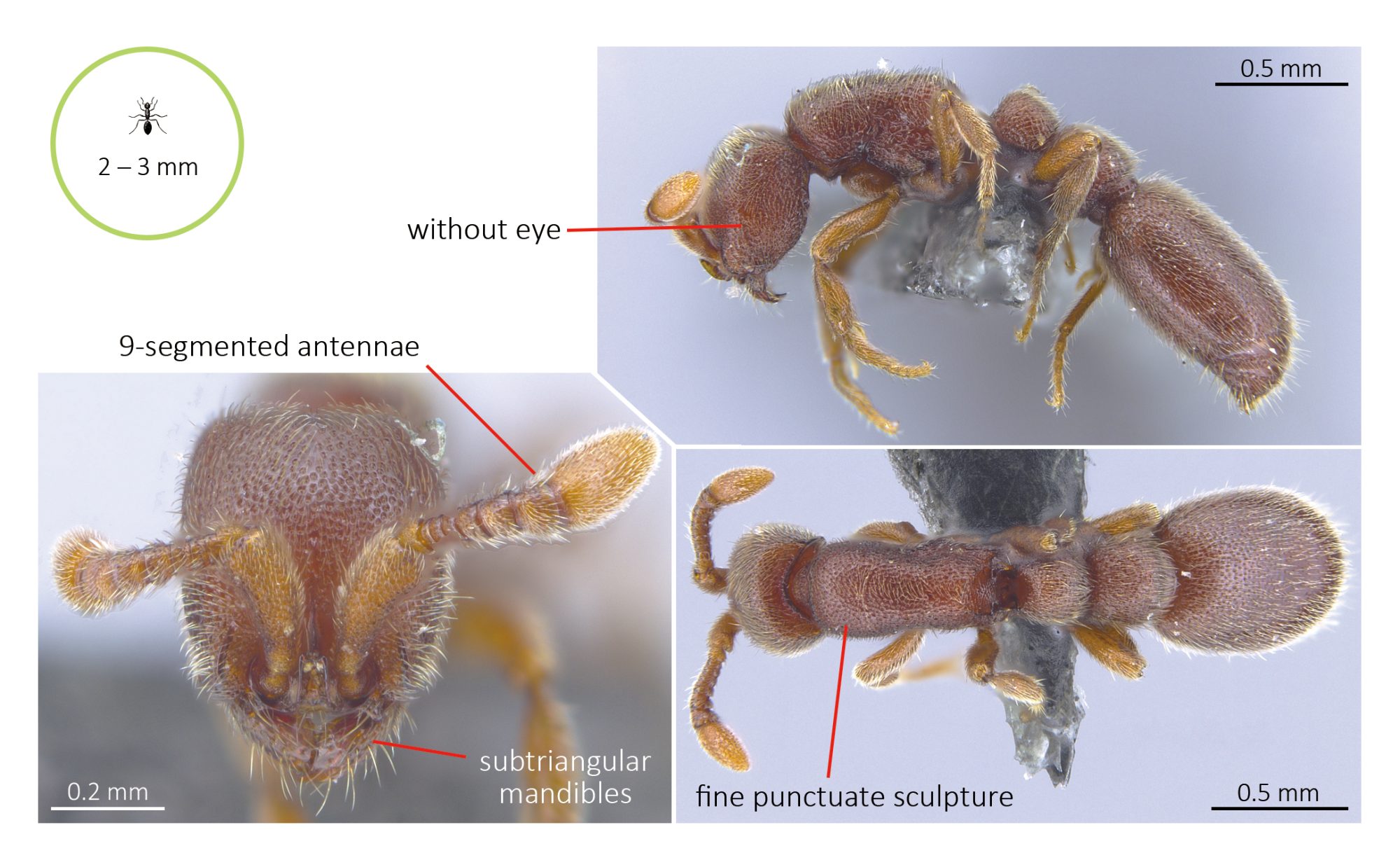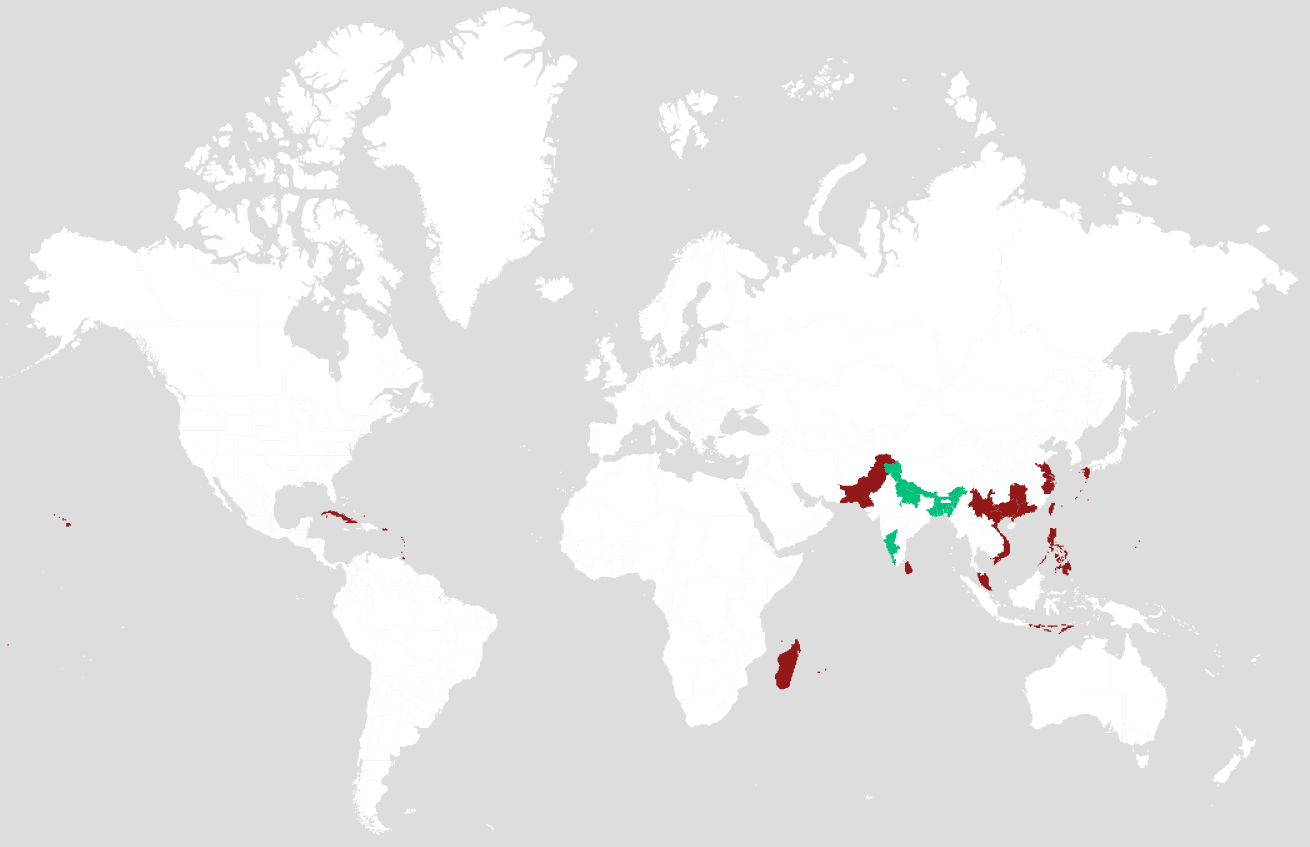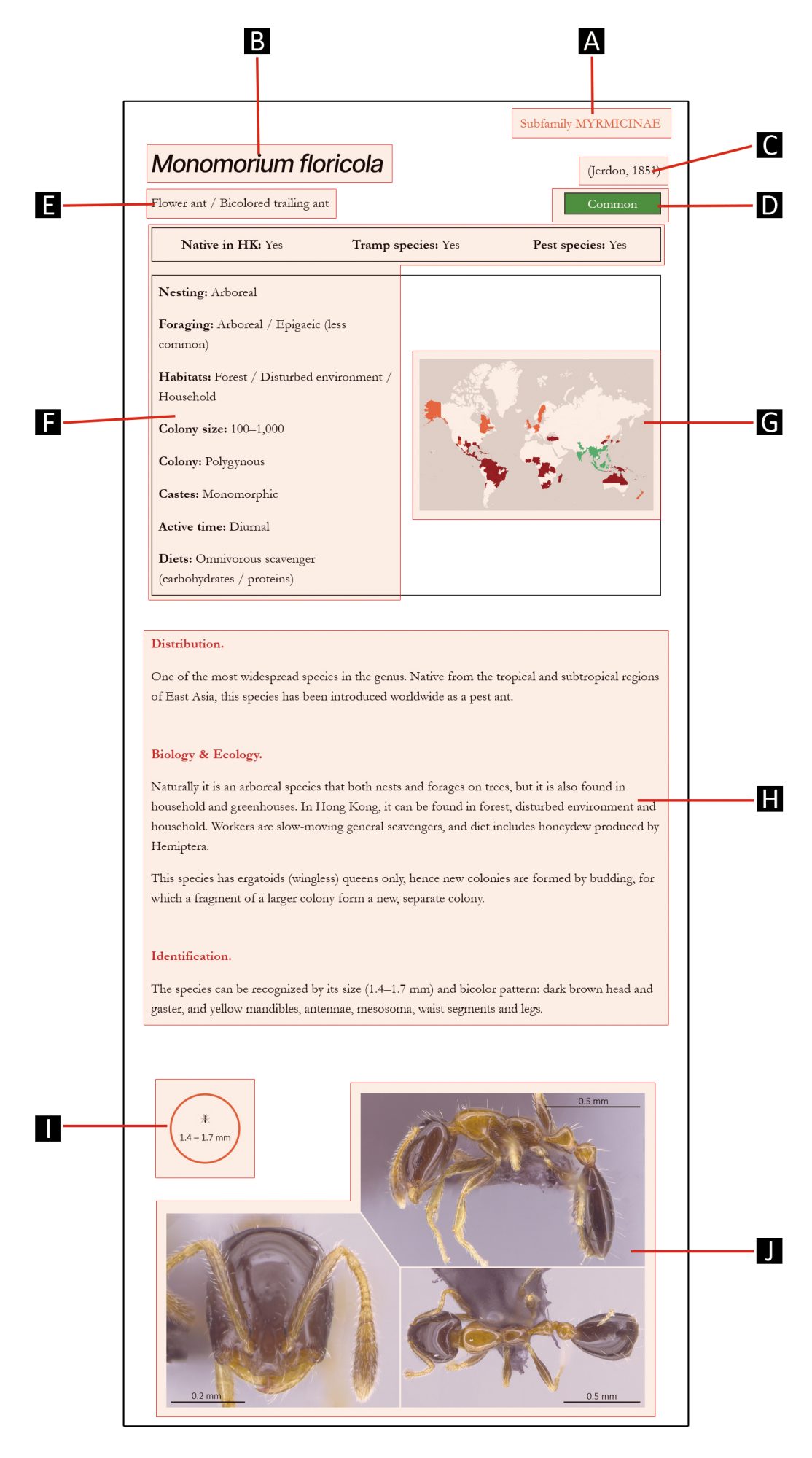
Subfamily DORYLINAE
Ooceraea biroi
(Forel, 1907)
Clonal raider ant
Uncommon
Native in HK: No
Tramp species: Yes
Pest species: No
Distribution.
One of the most widespread species in the genus. Native from India, this species has been introduced to other countries in Asia, as well as Madagascar and several Caribbean and Pacific islands.
Biology & Ecology.
In Hong Kong, this species is most likely introduced and can be found in open habitats.
Like other species from the genus, this species specializes in raiding other ants’ nest and prey on their brood. The species reproduces by a special form of thelytokous parthenogensis: there is no male nor queen caste, but multiple workers are able to lay eggs instead, and offspring are clones of their mothers, hence their common name ‘clonal raider ant’.
Egg-laying workers would synchronize their reproduction cycle. Adults would only hunt when the eggs have hatched and there are larvae. When all the larvae have transitioned to pupae, adults would stop foraging and start laying eggs again, and the cycle repeats.
Identification.
The species can be recognized by its fine punctuate sculpture, subtriangular mandibles with teeth, 9-segmented antennae, and the absence of eyes. Colors may vary depending on the habitat from light orange to dark brown.




